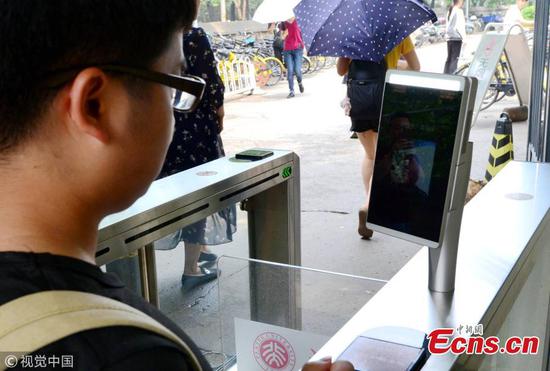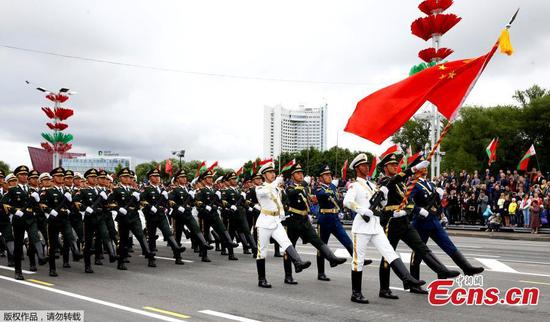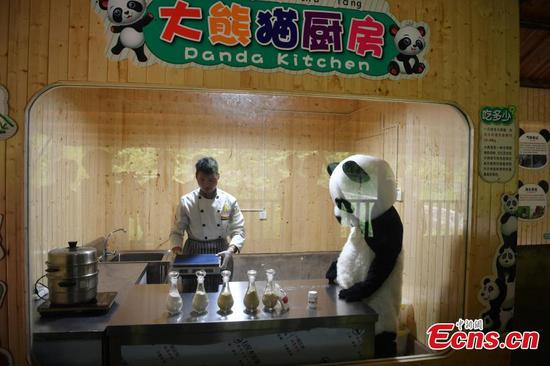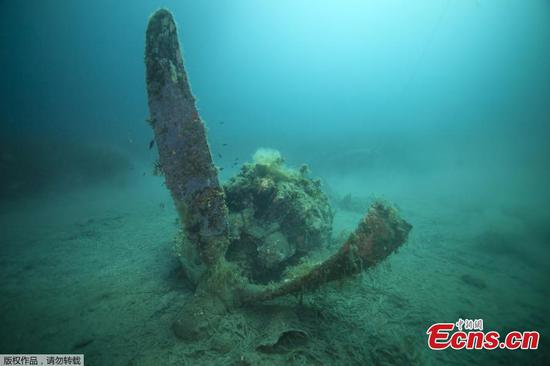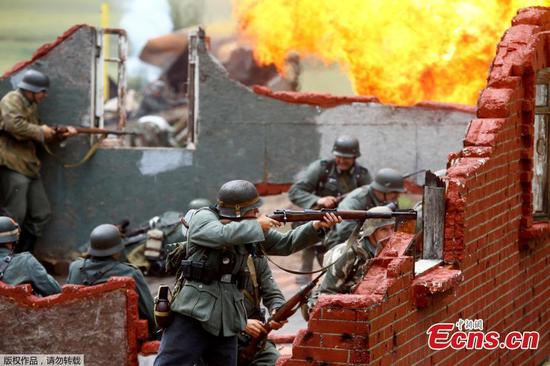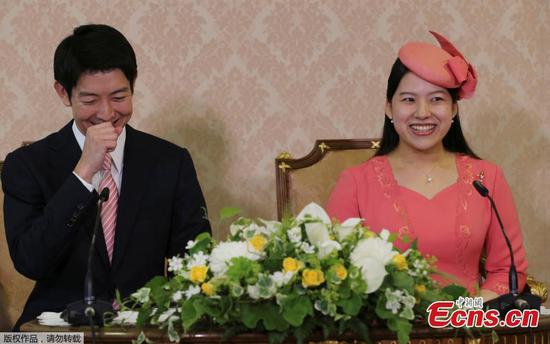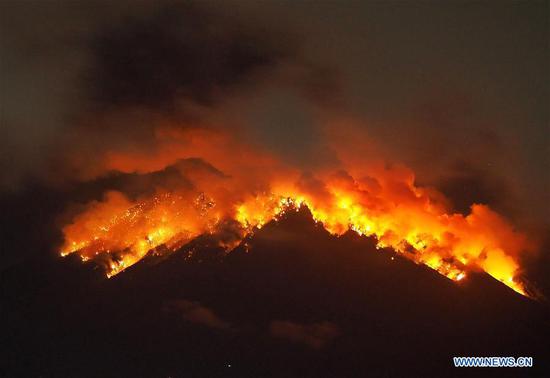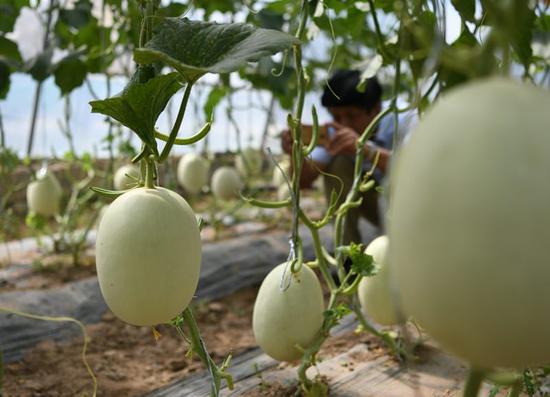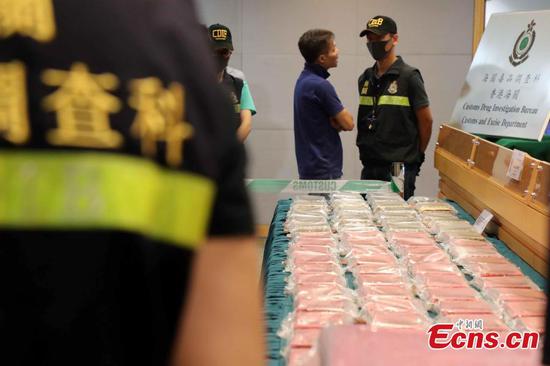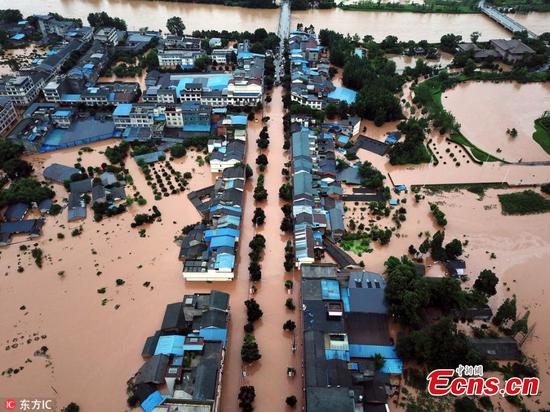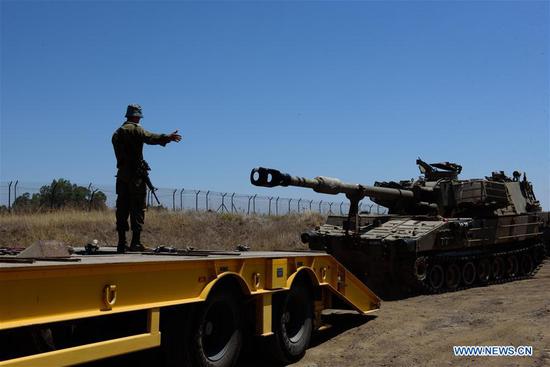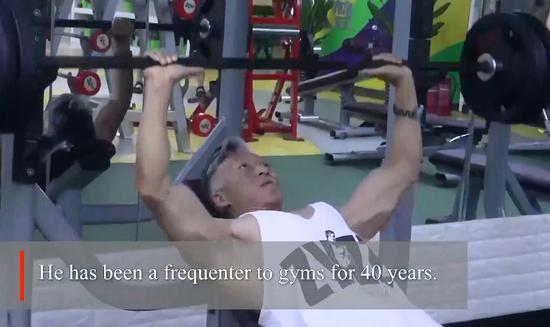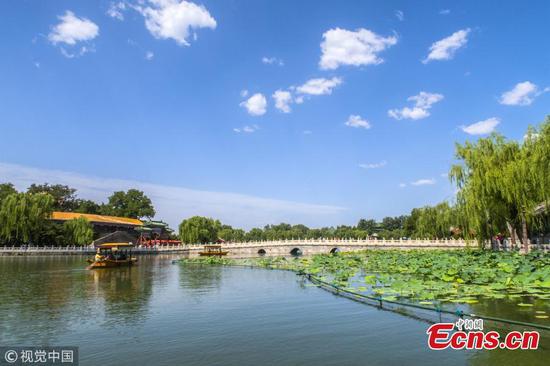
Beijing sees blue sky as high temperatures grill the city on June 27, 2018. (Photo/VCG)
(ECNS) - The State Council, China's cabinet, has rolled out a three-year action plan on air pollution control, vowing to significantly reduce concentrations of PM2.5 through economic, legal, technological, and administrative means.
The main battlefield to improve air quality will be centered around Beijing, Tianjin, Hebei Province and neighboring northern regions, eastern regions of Shanghai, Jiangsu, Zhejiang and Anhui provinces, as well as major cities on the Fenhe and Weihe plains.
The plan aims to greatly reduce major air pollutants in three years. In numbers, the total emissions of sulfur dioxide and nitrogen oxides will be reduced by more than 15 percent and the proportion of severely polluted days will decrease by more than 25 percent compared with 2015.
To realize the goal, one important task is to accelerate the elimination of outdated production capacity and the reduction of excess capacity. For example, Hebei's steel production capacity will be controlled to within 200 million tons by 2020. Meanwhile, clean energy heating will be promoted in northern China during winter and coal will increasingly be replaced with electricity in rural areas.
In 2020, the production and sales of new energy vehicles will reach 2 million. A range of sectors, including public transportation, sanitation, postal and light logistics, will be encouraged to use new energy or clean energy vehicles. Some key cities will turn all buses into new energy vehicles.











